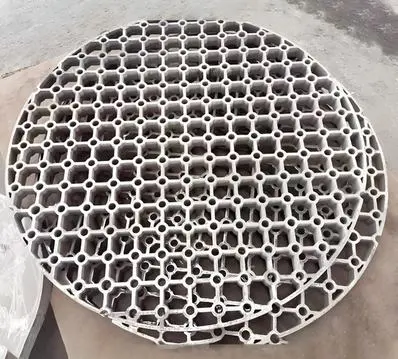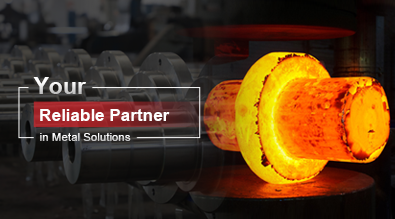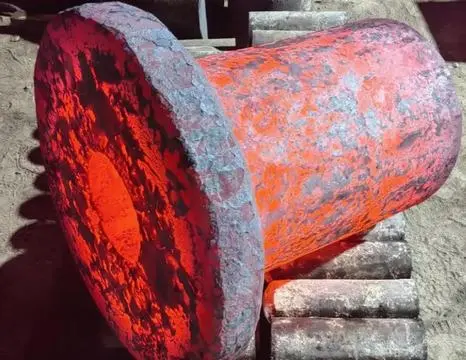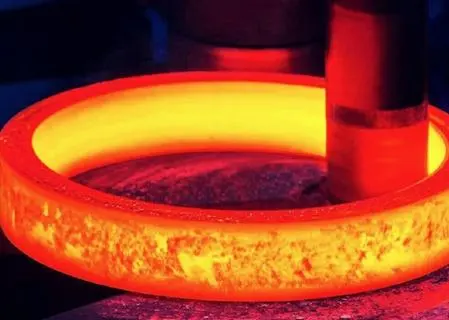Types of Coatings Used on Base Trays
Epoxy Coatings: Versatility and Chemical Resistance
Epoxy coatings stand out for their versatility and exceptional chemical resistance. These coatings form a hard, durable surface that adheres strongly to the base tray substrate. In the oil and gas industry, where exposure to corrosive chemicals is common, epoxy-coated base trays demonstrate remarkable resilience. The coating's ability to withstand a wide range of pH levels makes it ideal for applications in acidic or alkaline environments. Moreover, epoxy coatings offer excellent abrasion resistance, crucial for base trays used in mining and construction equipment where constant friction and impacts are prevalent.
Ceramic Coatings: Superior Wear and Heat Resistance
Ceramic coatings provide unparalleled wear and heat resistance for base trays. These coatings are particularly valuable in high-temperature applications, such as those found in aerospace and automotive manufacturing. The ceramic layer creates a thermal barrier, protecting the underlying base tray material from extreme heat. This property is essential in environments where thermal cycling is frequent, as it prevents warping and degradation of the tray structure. Additionally, ceramic coatings exhibit exceptional hardness, making them resistant to scratches and abrasions, which is crucial for base trays used in material handling and processing equipment.
Zinc-Based Coatings: Corrosion Protection in Harsh Environments
Zinc-based coatings, including hot-dip galvanization and zinc thermal spraying, offer superior corrosion protection for base trays. These coatings are particularly effective in marine and coastal environments where salt spray and high humidity accelerate corrosion. The zinc layer acts as a sacrificial anode, corroding preferentially to protect the underlying steel of the base tray. This cathodic protection mechanism significantly extends the lifespan of base trays used in offshore oil rigs, shipyards, and coastal industrial facilities. Furthermore, zinc coatings provide a degree of self-healing, as zinc corrosion products can fill small scratches or damages, maintaining the protective barrier.
Performance Enhancements Through Coating Selection
Improved Durability and Longevity
The selection of appropriate coatings dramatically enhances the durability and longevity of base trays. For instance, in the metallurgical industry, where base trays are exposed to molten metals and abrasive materials, ceramic coatings can extend the operational life by several fold. The high-temperature resistance of these coatings prevents thermal shock damage, while their hardness protects against erosion from metal particles. Similarly, in agricultural machinery, where base trays are subjected to constant exposure to fertilizers and pesticides, epoxy coatings provide a protective barrier that prevents chemical degradation, significantly extending the equipment's lifespan.
Enhanced Load-Bearing Capacity
Coatings can significantly impact the load-bearing capacity of base trays. Advanced polymer coatings, for example, can increase the structural integrity of the tray by distributing loads more evenly across its surface. This is particularly beneficial in construction and heavy machinery applications, where base trays must support substantial weights. The coating's ability to reduce friction and wear also contributes to maintaining the tray's dimensional stability under load, ensuring consistent performance over time. In aerospace applications, where weight reduction is crucial, thin but highly effective ceramic coatings can enhance load-bearing capacity without adding significant mass to the base tray.
Improved Thermal Management
Coatings play a crucial role in thermal management for base trays. In industries like automotive manufacturing and new energy equipment production, where heat dissipation is critical, specialized thermal coatings can significantly enhance the base tray's ability to conduct or insulate heat. For instance, aluminum-based coatings can improve heat dissipation in base trays used in electric vehicle battery assemblies, preventing overheating and extending battery life. Conversely, in cryogenic applications, such as in some aerospace components, insulative coatings on base trays help maintain low temperatures, crucial for the proper functioning of sensitive equipment.
Coating Selection Considerations for Different Industries
Oil and Gas Industry Requirements
In the oil and gas industry, base tray coatings must withstand extreme conditions, including high pressures, corrosive chemicals, and abrasive materials. Fluoropolymer coatings, such as PTFE, offer exceptional chemical resistance and low friction, ideal for base trays in valve assemblies and pumping equipment. For offshore applications, where saltwater corrosion is a significant concern, combination coatings of zinc-rich primers followed by epoxy and polyurethane top coats provide comprehensive protection. The coating selection process in this industry often involves rigorous testing to ensure compliance with standards like NACE (National Association of Corrosion Engineers) for corrosion protection.
Aerospace and Automotive Industry Specifications
Aerospace and automotive industries demand coatings that offer lightweight protection without compromising performance. Nanocomposite coatings have gained popularity in these sectors due to their ability to provide superior protection with minimal thickness. These coatings can enhance the wear resistance and reduce the friction coefficient of base trays used in engine components and landing gear assemblies. For automotive applications, particularly in electric vehicles, thermally conductive coatings on battery tray bases help manage heat distribution effectively, crucial for battery longevity and safety. Compliance with stringent industry standards, such as AS9100 for aerospace and IATF 16949 for automotive, is paramount in coating selection for these sectors.
Medical Equipment and Food Machinery Considerations
In medical equipment and food machinery, the focus shifts to coatings that ensure hygiene and biocompatibility. Antimicrobial coatings containing silver or copper nanoparticles are increasingly used on base trays in medical devices to prevent bacterial growth. These coatings must adhere to strict FDA regulations and ISO 13485 standards for medical devices. In food processing equipment, FDA-approved epoxy and polyurethane coatings are preferred for their ability to create smooth, easily cleanable surfaces that resist bacterial adhesion. The coating selection in these industries also considers factors like resistance to sterilization processes and compatibility with various cleaning agents, ensuring the base trays maintain their integrity and safety over repeated use and cleaning cycles.
In conclusion, the selection of appropriate coatings for base trays is a critical factor in enhancing their performance across various industries. From corrosion resistance in oil and gas applications to thermal management in automotive manufacturing, the right coating can significantly extend the lifespan and improve the functionality of base trays. As technology advances, new coating formulations continue to emerge, offering even greater protection and performance enhancements. For more information on base trays and their coatings, or to discuss custom solutions for your specific industry needs, please contact us at info@welongpost.com.




